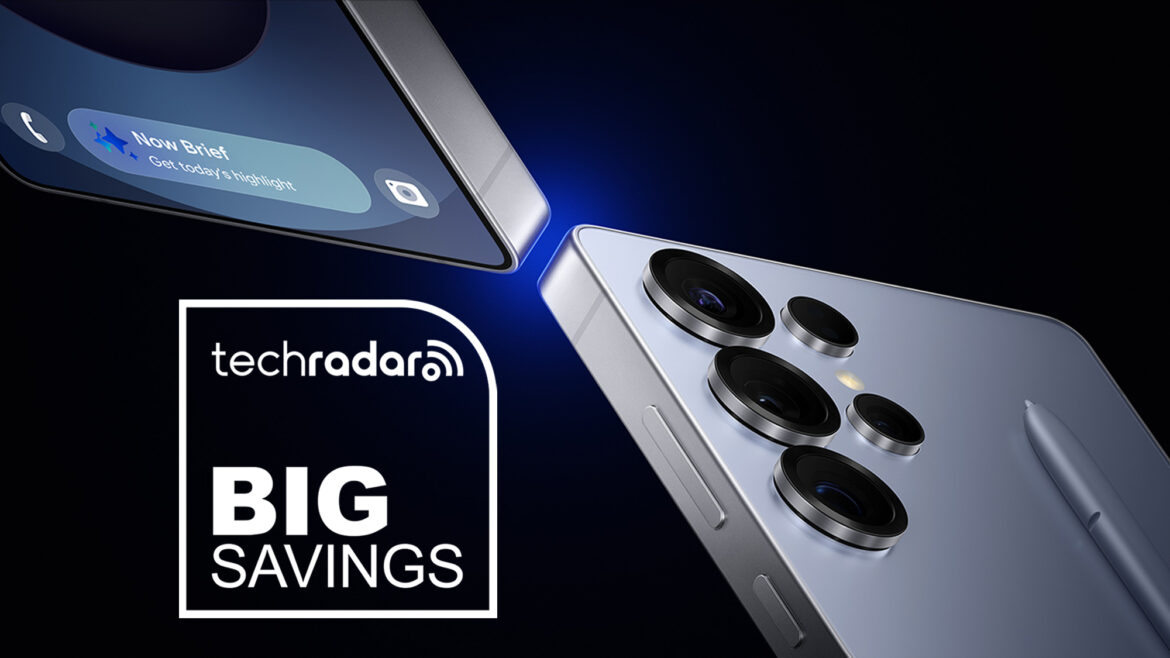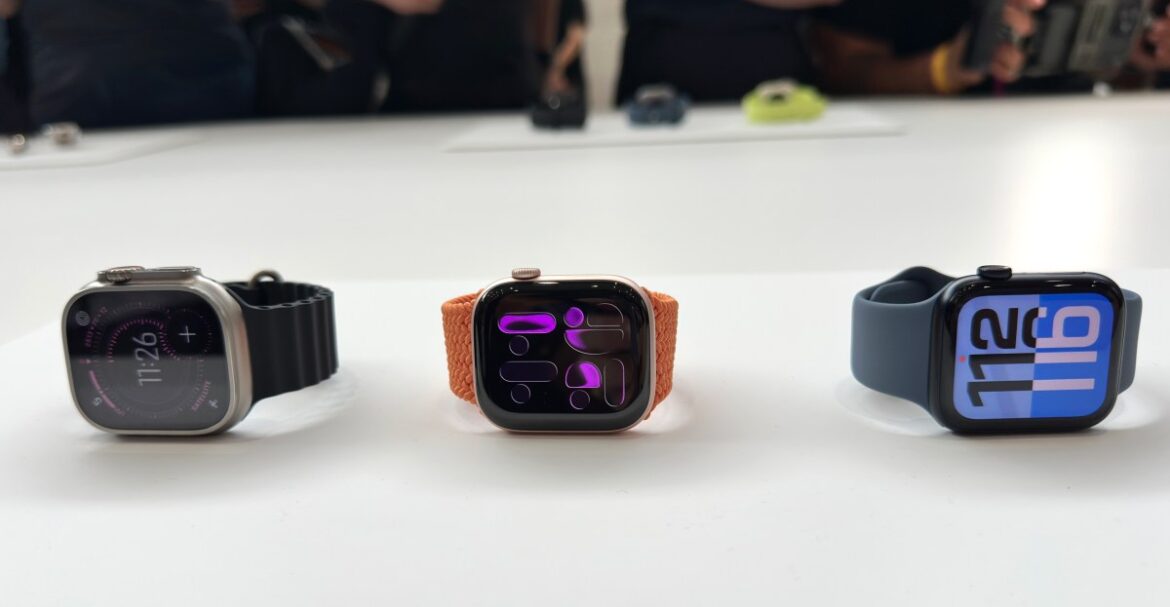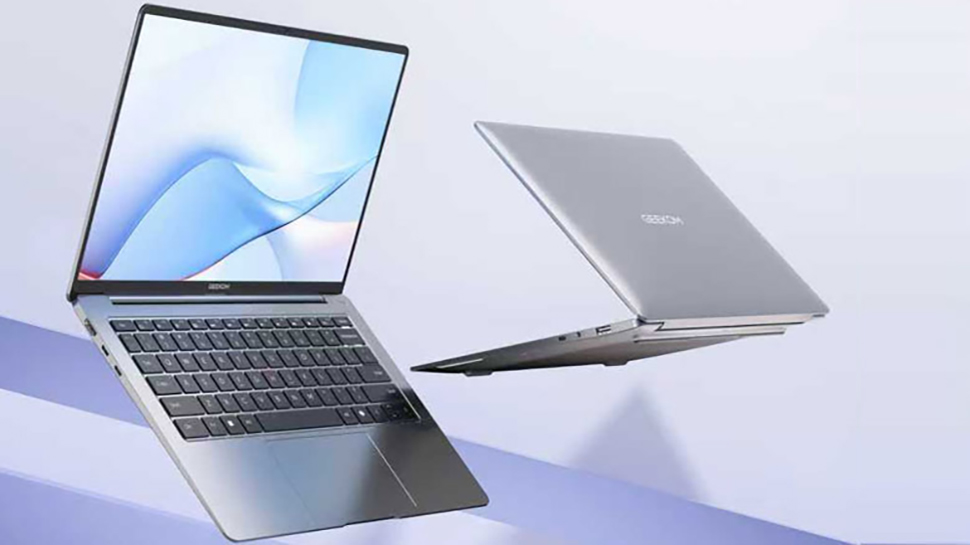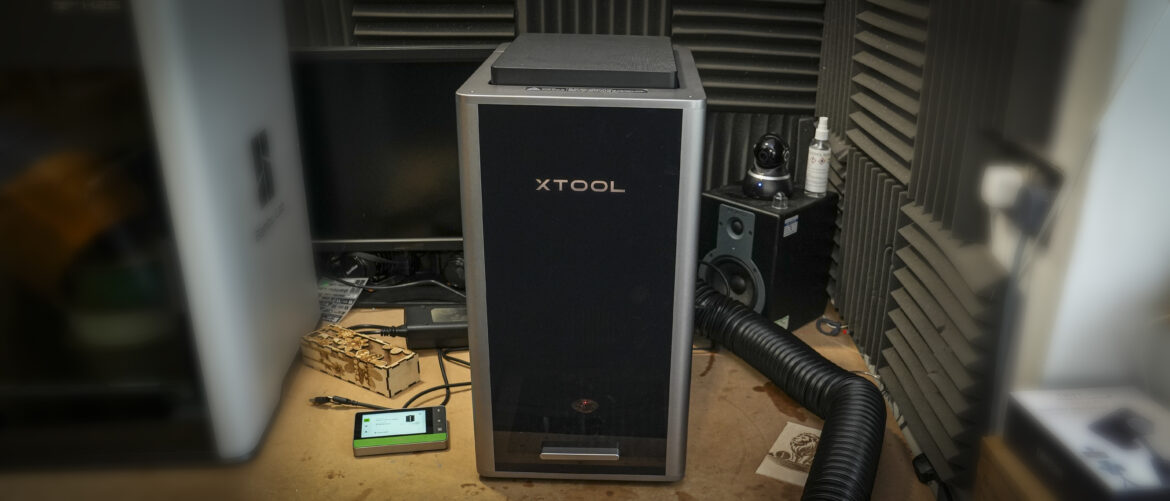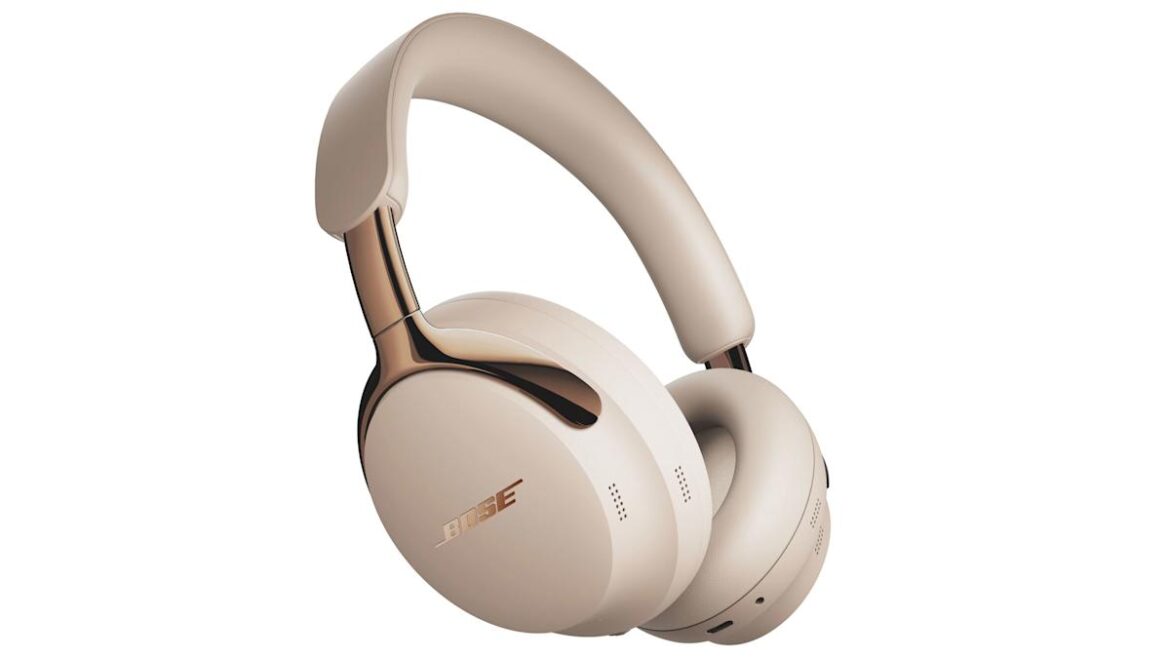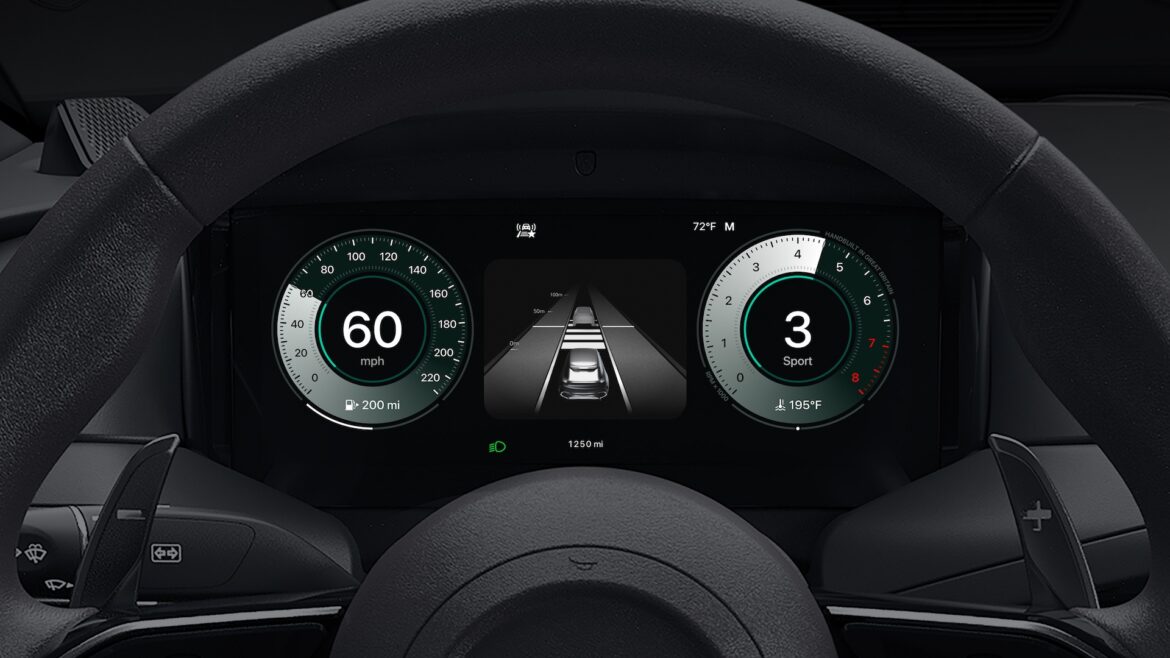HP typically keeps discounts modest on its official website to protect its brand positioning and margins. But sometimes, the company unleashes aggressive promotions through Amazon that catch everyone off guard. This Prime Big Deal Day is one of those rare moments, with deals that don’t happen under normal circumstances. The HP EliteBook 6 G1i business laptop, equipped with an Intel 12-core Ultra 7 255U processor, 32GB DDR5 RAM, and a 1TB PCIe SSD, has dropped to $1,149 from $2,999. That’s a 62% reduction and it’s slashing nearly $1,850 off the price. This isn’t just a modest trim on an overinflated MSRP: This is a legitimate business-class machine with enterprise-grade specs hitting a price point that makes it competitive with mid-range consumer laptops.
See at Amazon
AI-Powered Performance That Matters Most
The Intel Core Ultra 7 255U processor is Intel’s newest architecture purpose-built for AI workloads. This 12-core processor sports 14 threads and up to 5.2 GHz in Intel Turbo Boost Technology, supported by 12MB of L3 cache. Here, the distinguishing factor is the onboard NPU which performs the work of doing AI tasks locally without burdening the processor or sending data to the cloud. This onboard AI accelerator enables features such as Microsoft Copilot, which is able to summarize documents, rewrite text, make contextual recommendations and keep you organized without the lag and attendant privacy issues of cloud computing.
The 16-inch screen is WUXGA resolution at 1920×1200 so you get additional vertical screen real estate versus typical 1920×1080 panels. You notice more in height when editing documents or in coding when you need to see more content and less scrolling. The UWVA IPS panel provides broad viewing angles and precise color rendition and the anti-glare treatment minimizes eye strain from long use. At 400 nits, the screen is still readable in brightly lit offices or in the vicinity of windows. Low Blue Light inhibits harmful wavelengths that interfere with sleep cycle for late-night work sessions to put less strain on eyes and circadian rhythms.
32GB of DDR5 RAM allows you to keep dozens of web pages and virtual machines running at the same time without pause. DDR5 is faster in its data transmission and more effective in power compared to DDR4 and that means snappier response and more life from your battery. With the 1TB PCIe NVMe M.2 SSD, you have more than sufficient capacity for your files and media and fast read speeds that make boot times and transitions of files virtually instantaneous.
Wi-Fi 6E goes beyond the 6GHz frequency, giving you faster speeds and less congestion compared to regular Wi-Fi 6. This is significant in busy office spaces where dozens of devices are all fighting for bandwidth. Bluetooth 5.3 gives good connections for wireless peripherals with better range and lower power usage. Port selection includes two Thunderbolt 4 USB-C ports that support 40Gbps data transfer, USB Power Delivery 3.0 for power, and DisplayPort 2.1 for connecting high-res external displays. You also get two USB Type-A ports at 5Gbps for older devices, HDMI 2.1 for simple display connections and an RJ-45 Ethernet port for direct network connections.
For $1,149, this is business-class build quality made affordable for more than corporate buying departments.
See at Amazon


